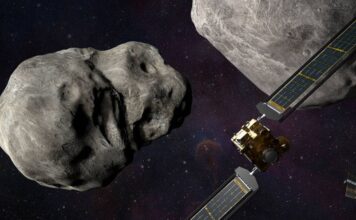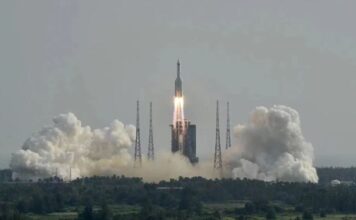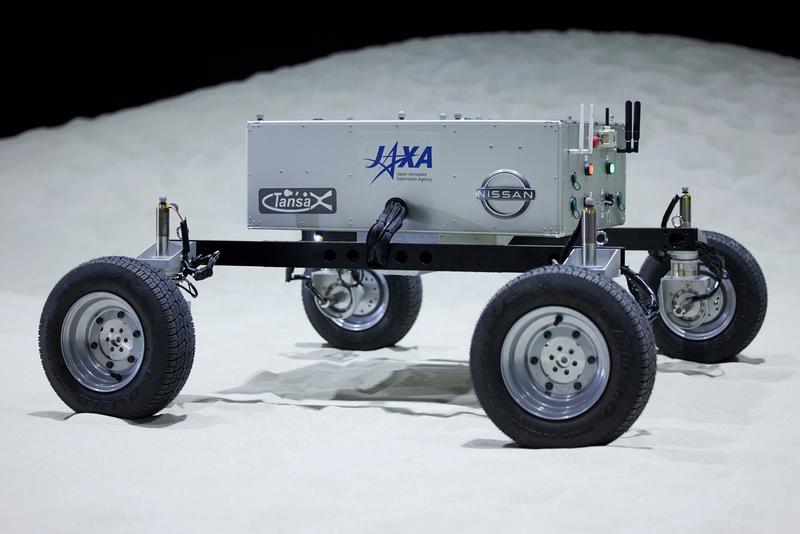The earth orbits around the sun, and the sun also orbits around the core of the galaxy with the planets, including earth.
As Earth crosses the Milky Way’s spiral arms, more energetic comets will hit Earth and cause the crust to grow faster, a new study suggests.
We usually think of Earth’s internal processes as causing changes to the planet, but scientists say we can think on a larger scale and see how Earth’s different positions as it travels through the Milky Way affect Earth itself.
The team of geologist Chris Kirkland of Curtin University in Australia examined the zircon crystals of the two oldest continents on Earth: the North American Craton and the Pilbara Craton, and measured the decay of uranium in the crystals to establish a craton formation timetable, with a time span of about From 2.8 to 3.8 billion years ago, reanalysis of hafnium isotopes to determine the time of magma influx associated with crustal formation revealed a pattern of crustal thickening corresponding to a galactic year over a long period of time.
More specifically, the researchers found that the rate of crustal production is related to the repeated movement of the solar system in and out of the spiral arms of the Milky Way.
The sun orbits the galactic center at about 240 km/s, while the galactic arms rotate at about 210 km/s, and models suggest that the solar system enters the galactic arms about every 200 million years,
At this time, the icy star in the Oort cloud will interact with the dense gas cloud in the spiral arm, pushing the icy comet into the inner solar system and increasing the probability of hitting the earth.
The team hopes the discovery will further explain how forces outside the solar system shape Earth,
While proving these things is very difficult, studying geological processes beyond Earth and our solar system, and the factors that might drive them, may give us solace in more than just being in isolation.




